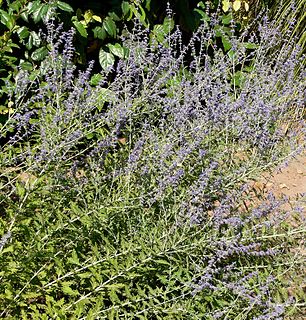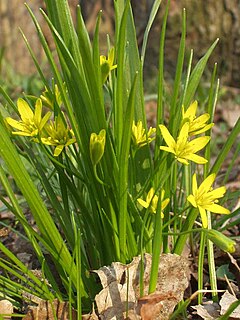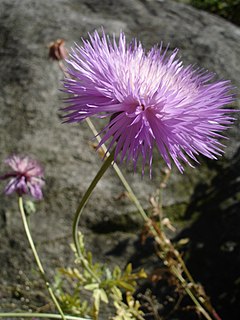| Stachyopsis | |
|---|---|
| Scientific classification | |
| Kingdom: | Plantae |
| (unranked): | Angiosperms |
| (unranked): | Eudicots |
| (unranked): | Asterids |
| Order: | Lamiales |
| Family: | Lamiaceae |
| Genus: | Stachyopsis Popov & Vved |
Stachyopsis is a genus of plants in the Lamiaceae family, first described in 1923. The genus is native to Central Asia. [1] [2]

The Lamiaceae or Labiatae are a family of flowering plants commonly known as the mint or deadnettle family. Many of the plants are aromatic in all parts and include widely used culinary herbs, such as basil, mint, rosemary, sage, savory, marjoram, oregano, hyssop, thyme, lavender, and perilla. Some species are shrubs, trees, or, rarely, vines. Many members of the family are widely cultivated, not only for their aromatic qualities, but also their ease of cultivation, since they are readily propagated by stem cuttings. Besides those grown for their edible leaves, some are grown for decorative foliage, such as Coleus. Others are grown for seed, such as Salvia hispanica (chia), or for their edible tubers, such as Plectranthus edulis, Plectranthus esculentus, Plectranthus rotundifolius, and Stachys affinis.

Central Asia stretches from the Caspian Sea in the west to China in the east and from Afghanistan in the south to Russia in the north. The region consists of the former Soviet republics of Kazakhstan, Kyrgyzstan, Tajikistan, Turkmenistan, and Uzbekistan. It is also colloquially referred to as "the stans" as the countries generally considered to be within the region all have names ending with the Persian suffix "-stan", meaning "land of".
- Species [1]
- Stachyopsis lamiiflora (Rupr.) Popov & Vved. - Kazakhstan, Kyrgyzstan, Xinjiang
- Stachyopsis maleolens (Rech.f.) Hedge - Afghanistan
- Stachyopsis marrubioides (Regel) Ikonn.-Gal. - Kazakhstan, Xinjiang
- Stachyopsis oblongata (Schrenk) Popov & Vved. - Afghanistan, Uzbekistan, Tajikistan, Kazakhstan, Kyrgyzstan, Xinjiang










